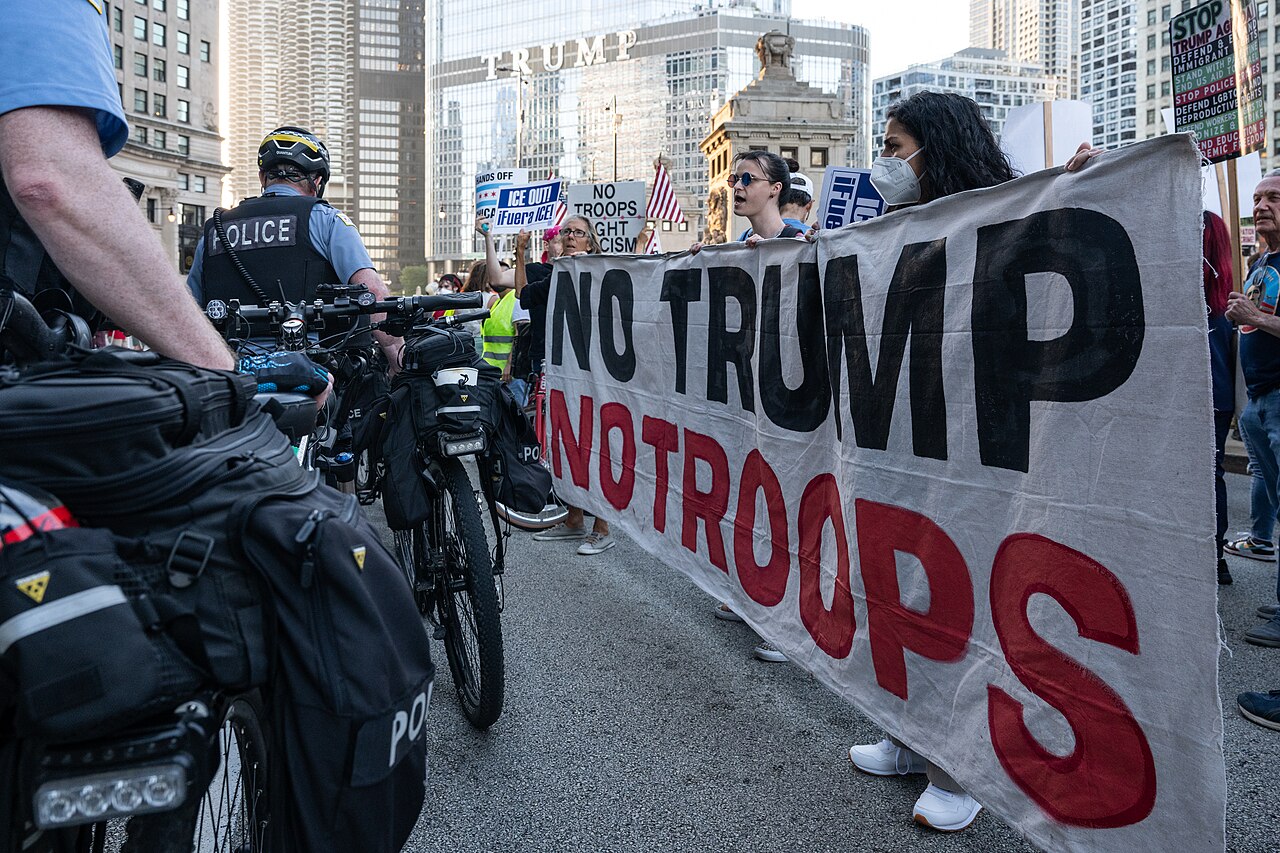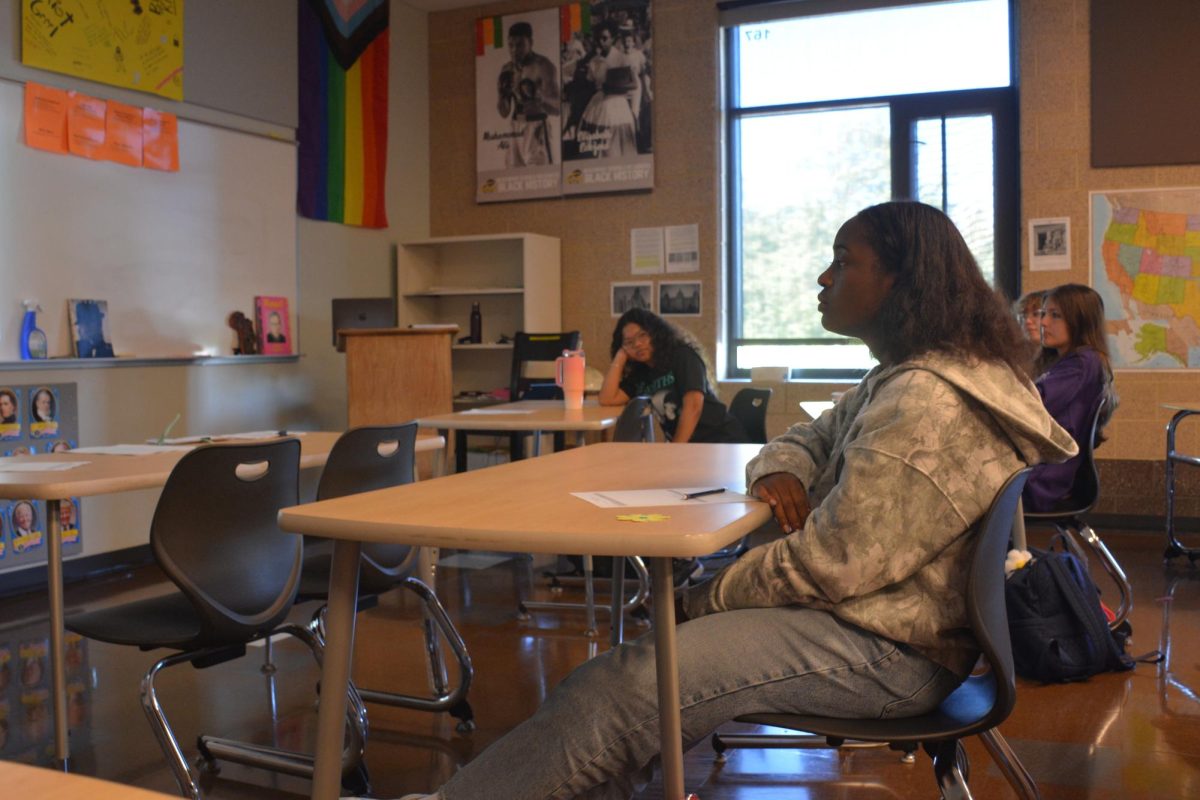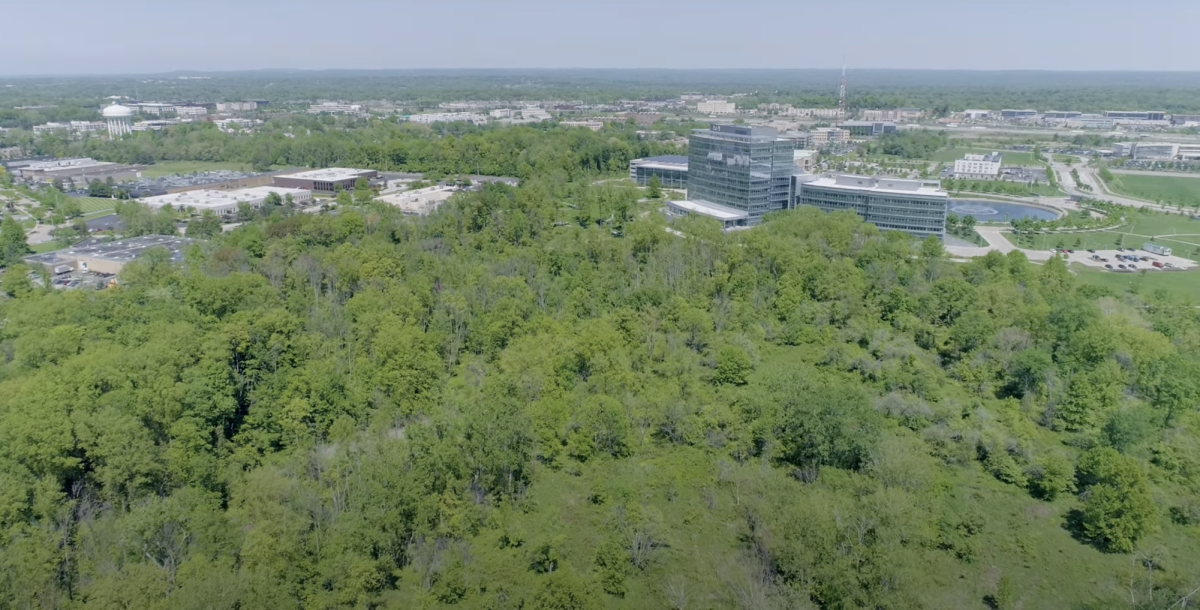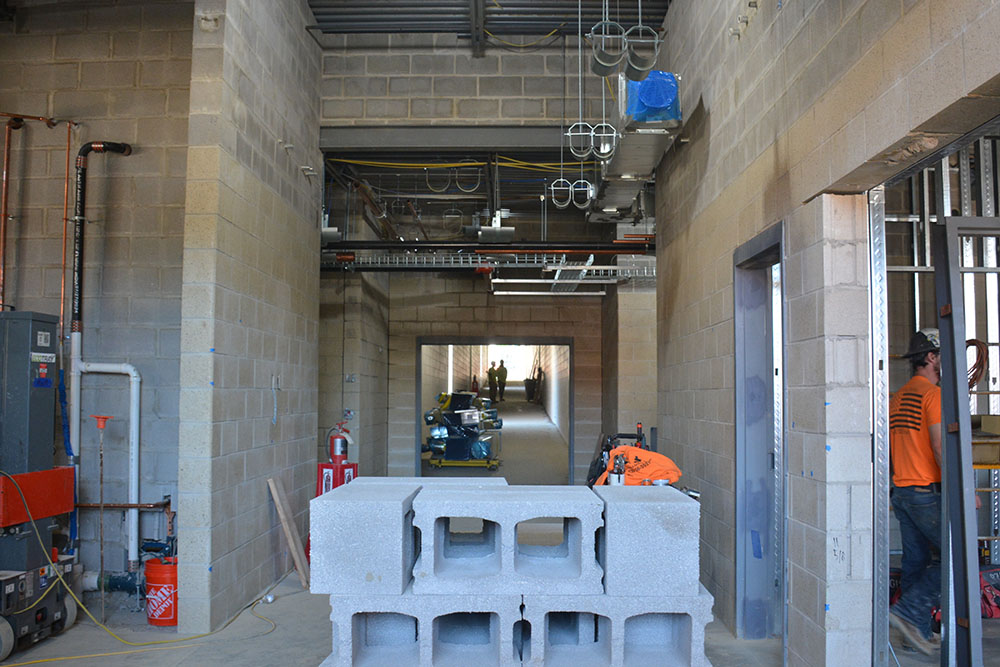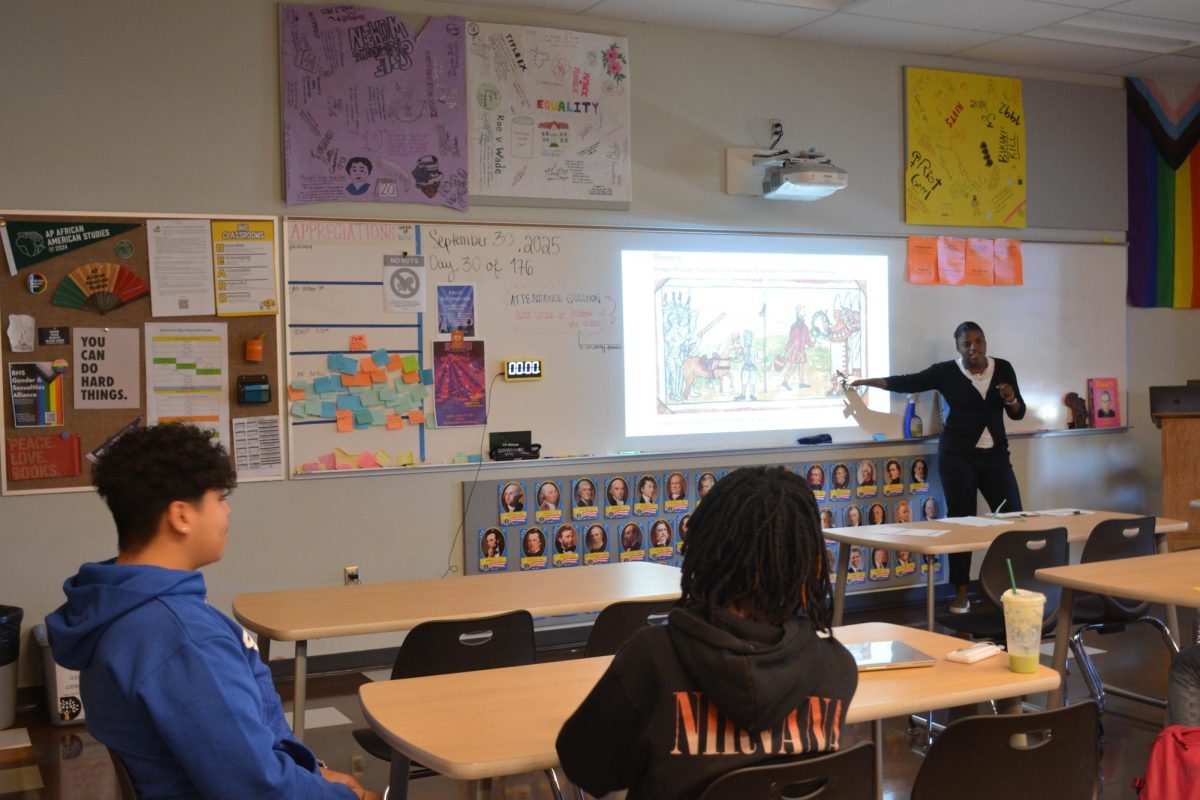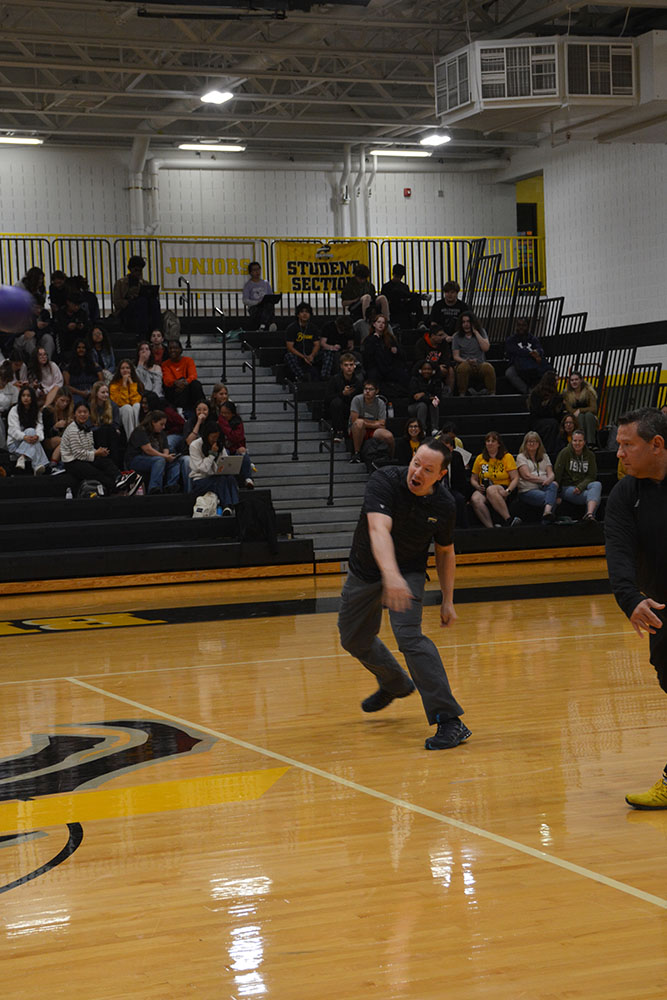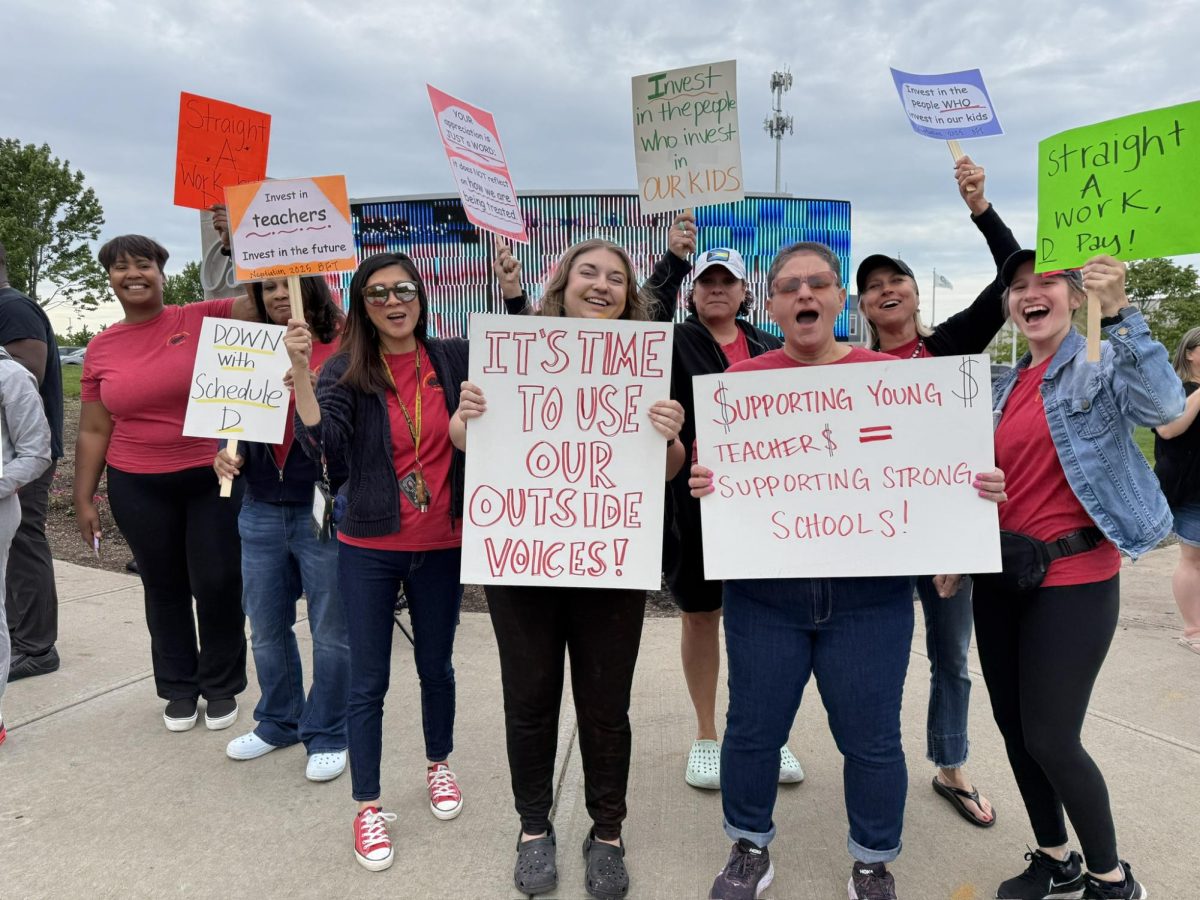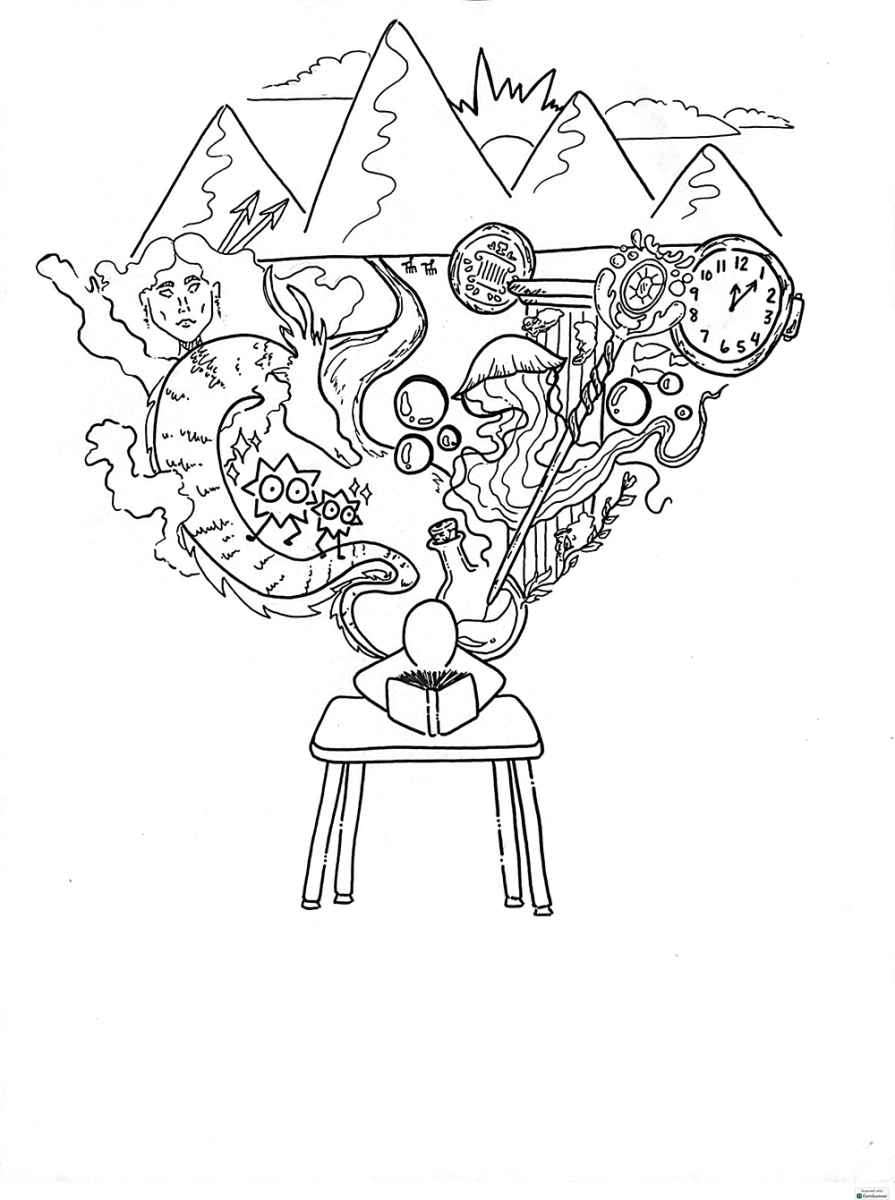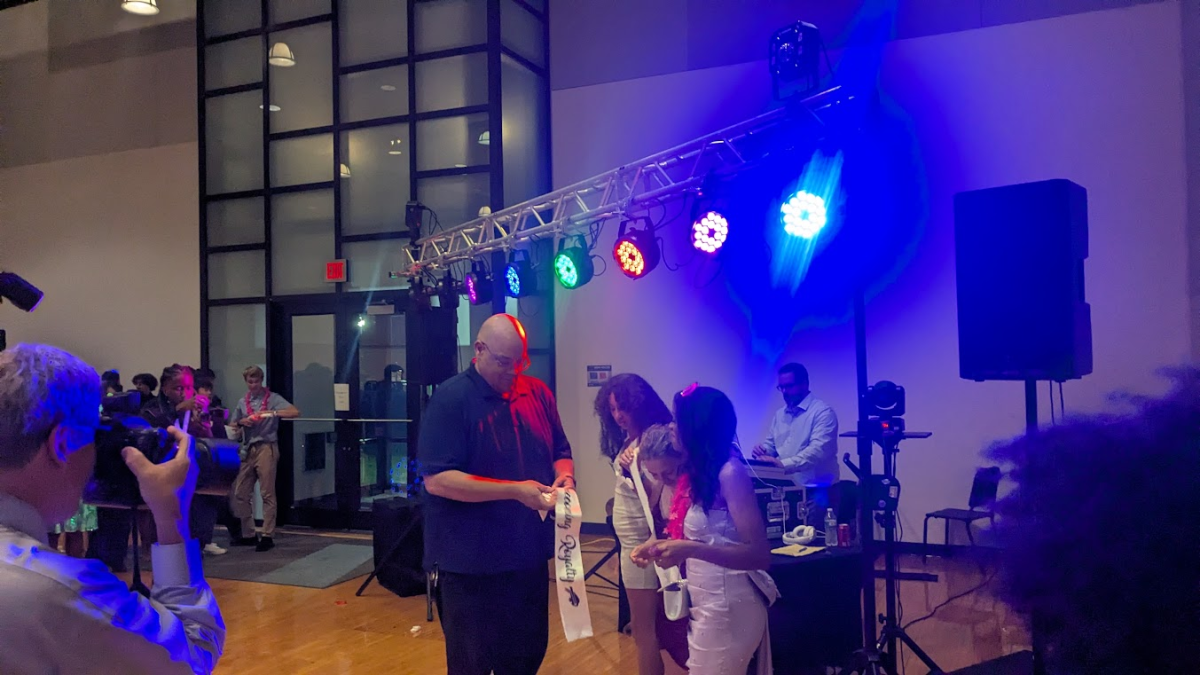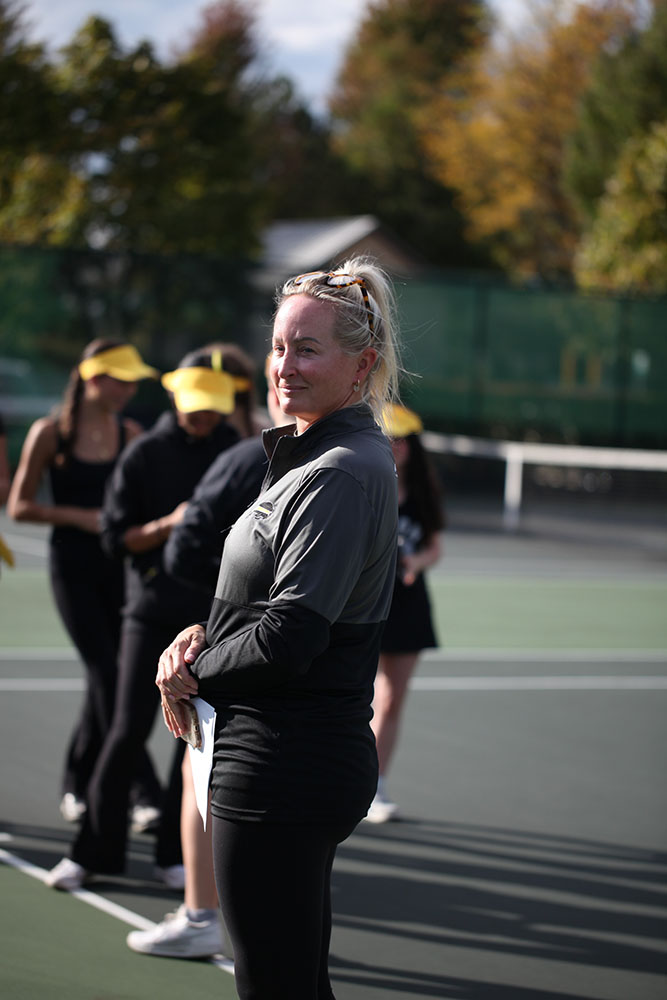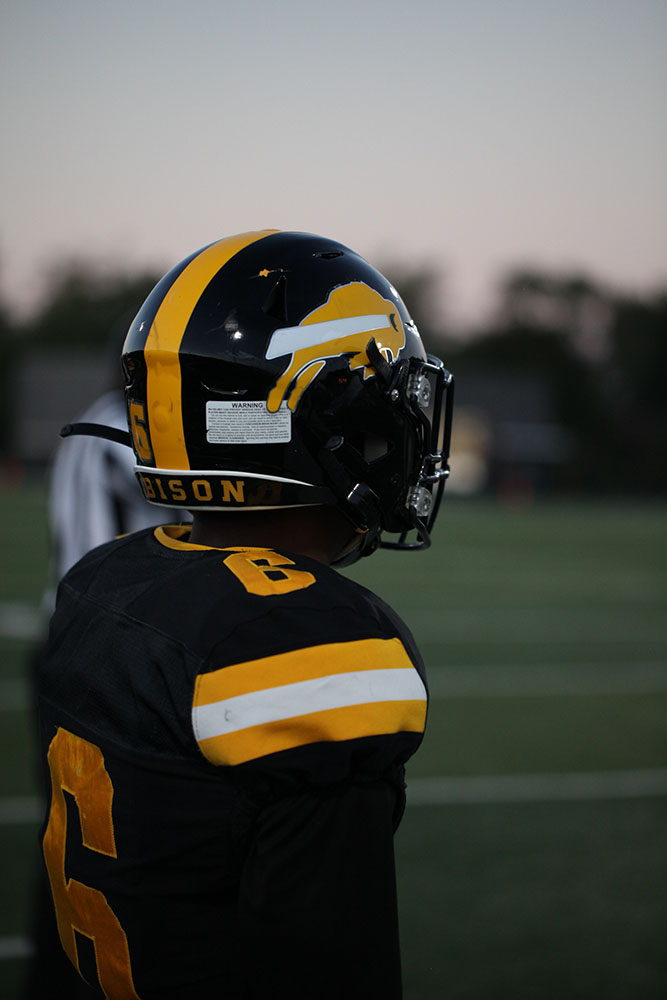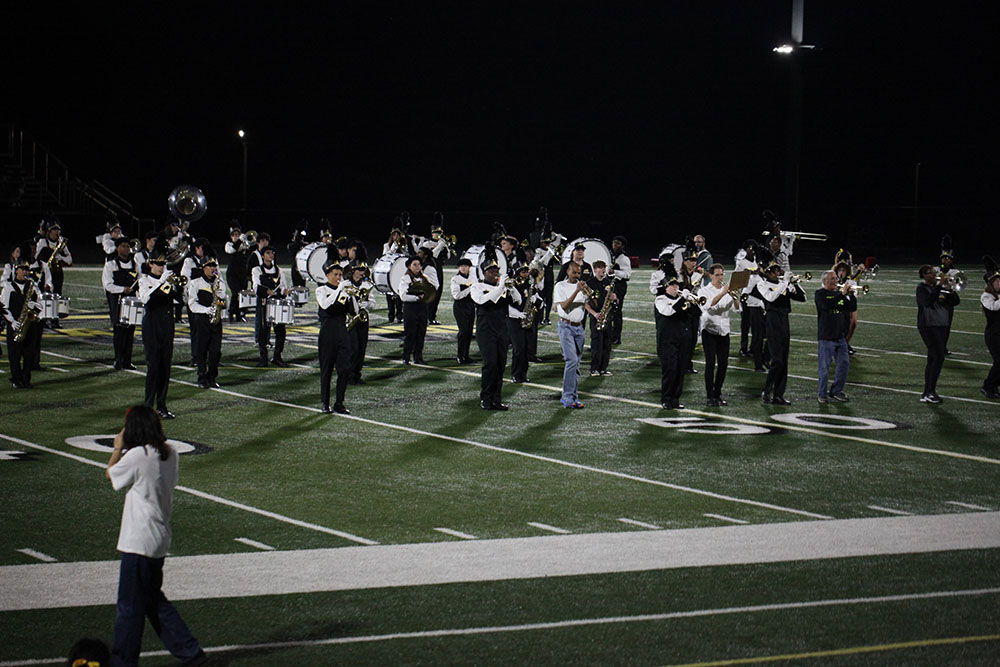The Trump administration’s decision to deploy the National Guard to several major U.S. cities has reignited debate about the balance between public safety and civil liberties.
President Trump claims these deployments to Democratic-run cities are needed to address crime and protests, to protect ICE officers and even to prevent “domestic terrorism.”
Locally, Ohio Representative Max Miller (R, Bay Village) asked the Trump administration to send troops into Cleveland.
“Some will argue that bringing in the National Guard is an extreme measure,” Miller wrote. “I would argue that allowing lawlessness to continue unchecked is far more extreme.”
National Guard and Marines were deployed to Los Angeles in June, National Guard to Washington, D.C. in August and to Memphis in September. Deployments in Portland, Oregon and Chicago, Illinois are currently blocked by federal courts.
The deployment of the National Guard into U.S. cities raises questions about public safety, democratic freedoms and America’s international image.
While the Guard is traditionally associated with disaster relief and overseas missions, its presence on American streets generates strong reactions.
According to Ohio Representative Eric Synenberg (D, Beachwood), the distinction between law enforcement and the military is at the center of this discussion.
“People are used to seeing police officers walking around as civilians… seeing people in blue,” he said after the August deployment of guard troops in Washington, D.C. “But the Guard is wearing green fatigues associated with a war. Residents of D.C. are probably scared a little bit when they see soldiers walking around.”
For many Americans, the sight of armed soldiers on American streets feels unusual and unsettling.
Historically, the United States has occasionally turned to military forces in moments of crisis. For example, the late 19th-century Haymarket affair, in which troops were deployed during labor unrest in Chicago.
Social studies teacher Joe Petraiuolo believes this event is similar to others worldwide.
“Any other country in the world has military personnel in the streets; it’s more common in other places,” he said.
However, he also warned of the dangers.
“There has always been huge pushback and struggles when governments rely too heavily on military force for domestic issues, such as during the Russian Revolution,” he said.
The political risks of deploying the Guard extend beyond U.S. borders.
Petraiuolo emphasized that America’s international reputation can be affected by these decisions.
“It could cause countries to see us leaning away from freedom,” he said, noting that active suppression of protests during the 1960s civil rights movement still shapes perceptions of U.S. democracy.
“It’s important for the United States to model what a good democracy looks like to the world,” he added.
For Representative Synenberg, one of the greatest concerns is precedent. While he supports the Guard’s role in emergencies such as natural disasters or industrial accidents, he cautions against its use in civil unrest.
“Yes, it could be a dangerous precedent,” he said. “The Guard is meant for natural disasters or severe human-caused disasters. That’s not what is occurring today.”
He added that the majority of constituents who contacted him opposed the Guard’s deployment outside Ohio, questioning why local resources were being sent elsewhere.
The debate also carries memories of past tragedies. Synenberg invoked the Kent State shootings of 1970, when National Guard troops killed four student protesters in Ohio.
“A worst case scenario is where they get into some sort of conflict,” he said. “People who are untrained to be policemen are acting like them.”
Among students, opinions are equally divided. Junior Asher Hardis, a Democrat, expressed concern over what he described as an “overstep of executive power.”
“In a lot of cases, you see the local police saying, ‘We had it under control,’ and then the federal troops came in and screwed everything up,” he said.
Hardis thinks the motivation is not local safety, but federal optics.
“Trump sends the National Guard when he thinks demonstrations are getting out of control, not because local governments asked for it,” he said.
Hardis acknowledged that troops could be necessary in extreme situations but emphasized restraint.
“It’s necessary for order, but things have to get a lot worse,” he said. “People are going to think their rights are being trampled by the national government.”
Senior Meir Bickhart, a moderate, highlighted both safety concerns and civil liberties.
“While it may be declared as government safety, it is definitely government overreach,” Bickhart said. “There is an argument about immigration and jobs, but it feels like Trump is feeding his supporters’ expectations more than solving the issue.”
Bickhart also noted that Americans have historically traded some freedoms for security.
“It’s probably an infringement on freedoms, but it would not be the first time Americans gave up part of their freedoms for national security,” he said, referencing the Patriot Act.
He added, however, that the continued ability to protest shows that democratic protections remain intact.
“The National Guard is actually there to protect American citizens,” he said.
Most of those interviewed feel that the use of the Guard within U.S. cities carries risks for democracy and America’s global image.
Whether viewed as a measure of strength or instability, such deployments highlight the ongoing tension between maintaining order and preserving civil liberties.


